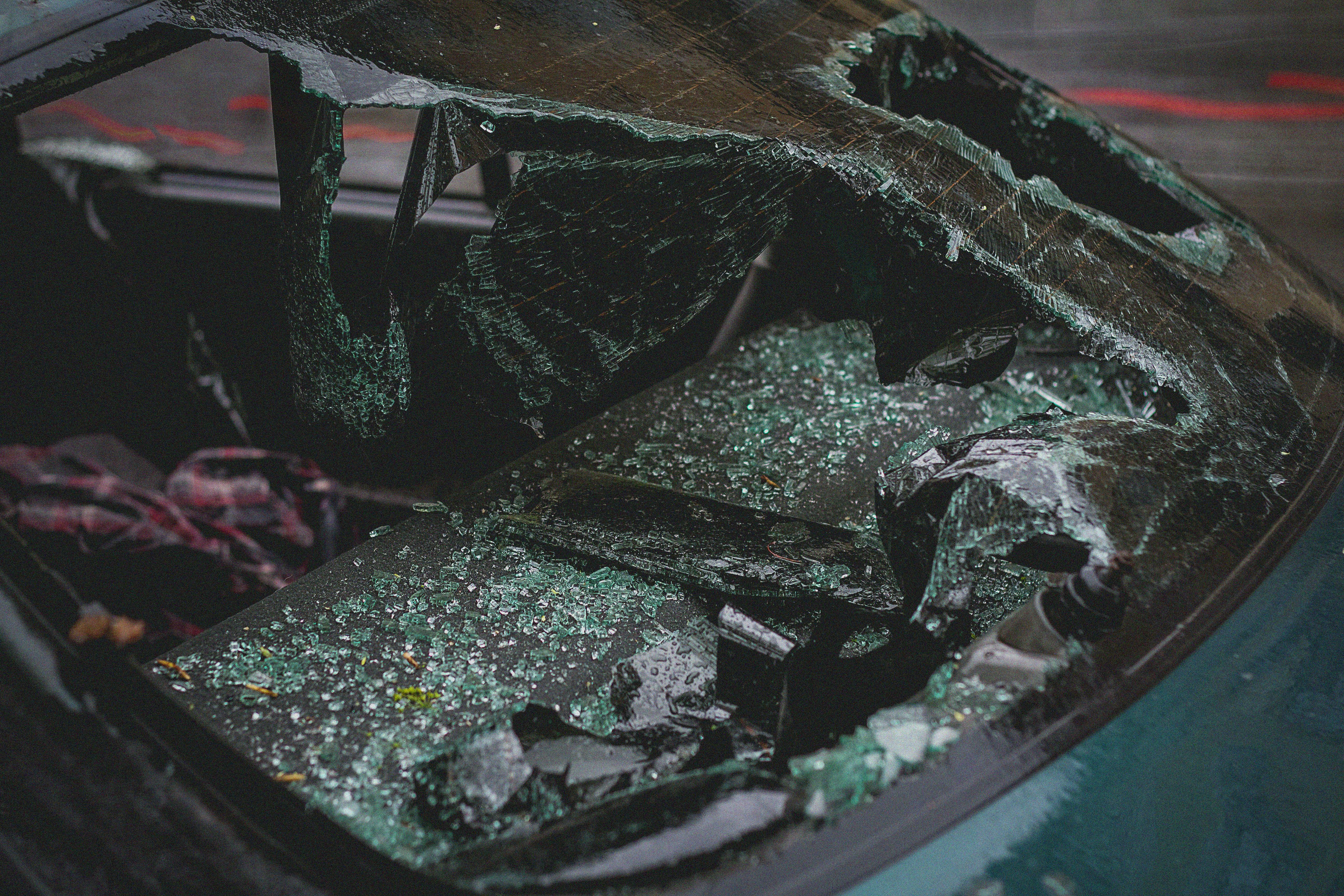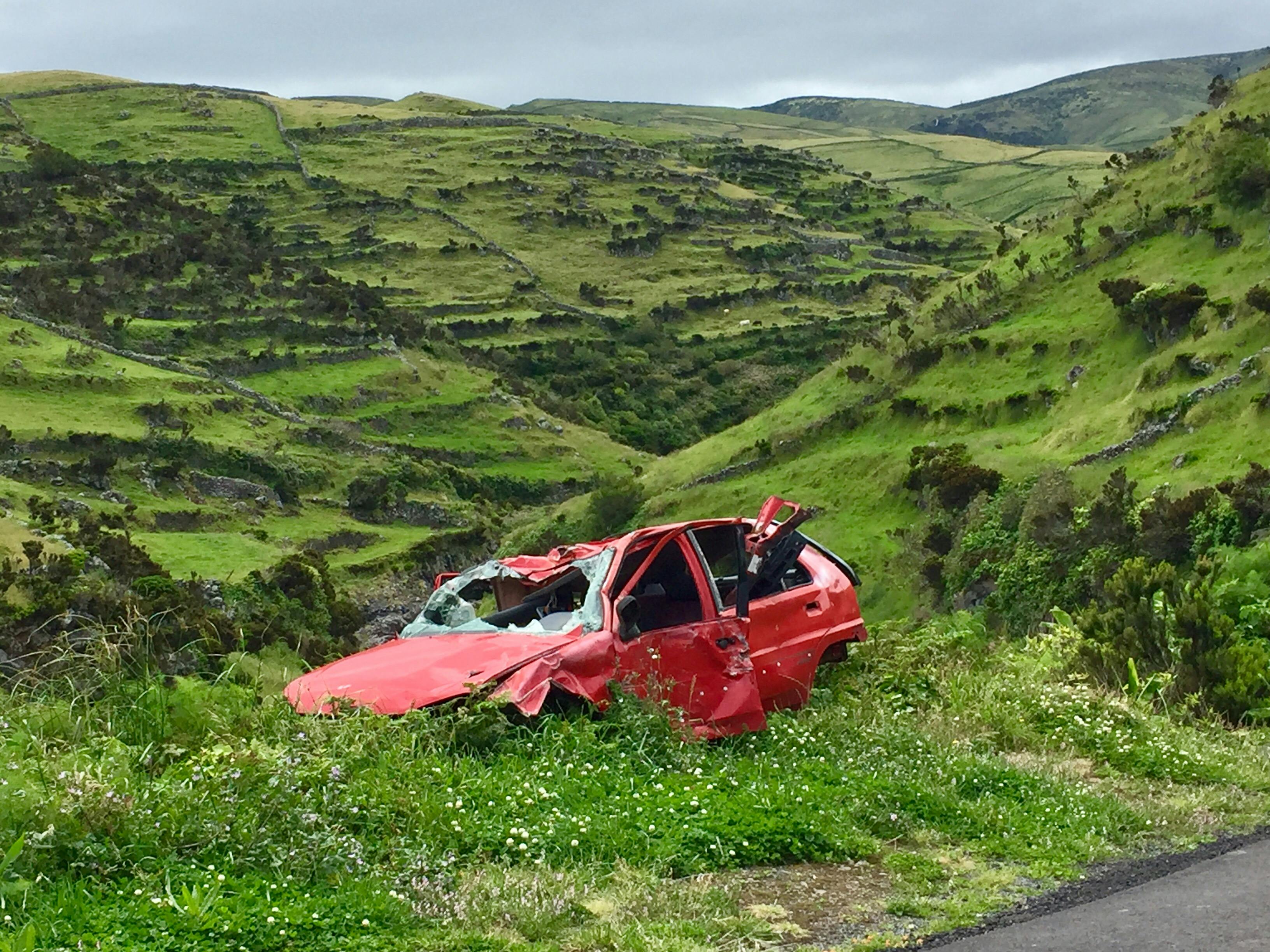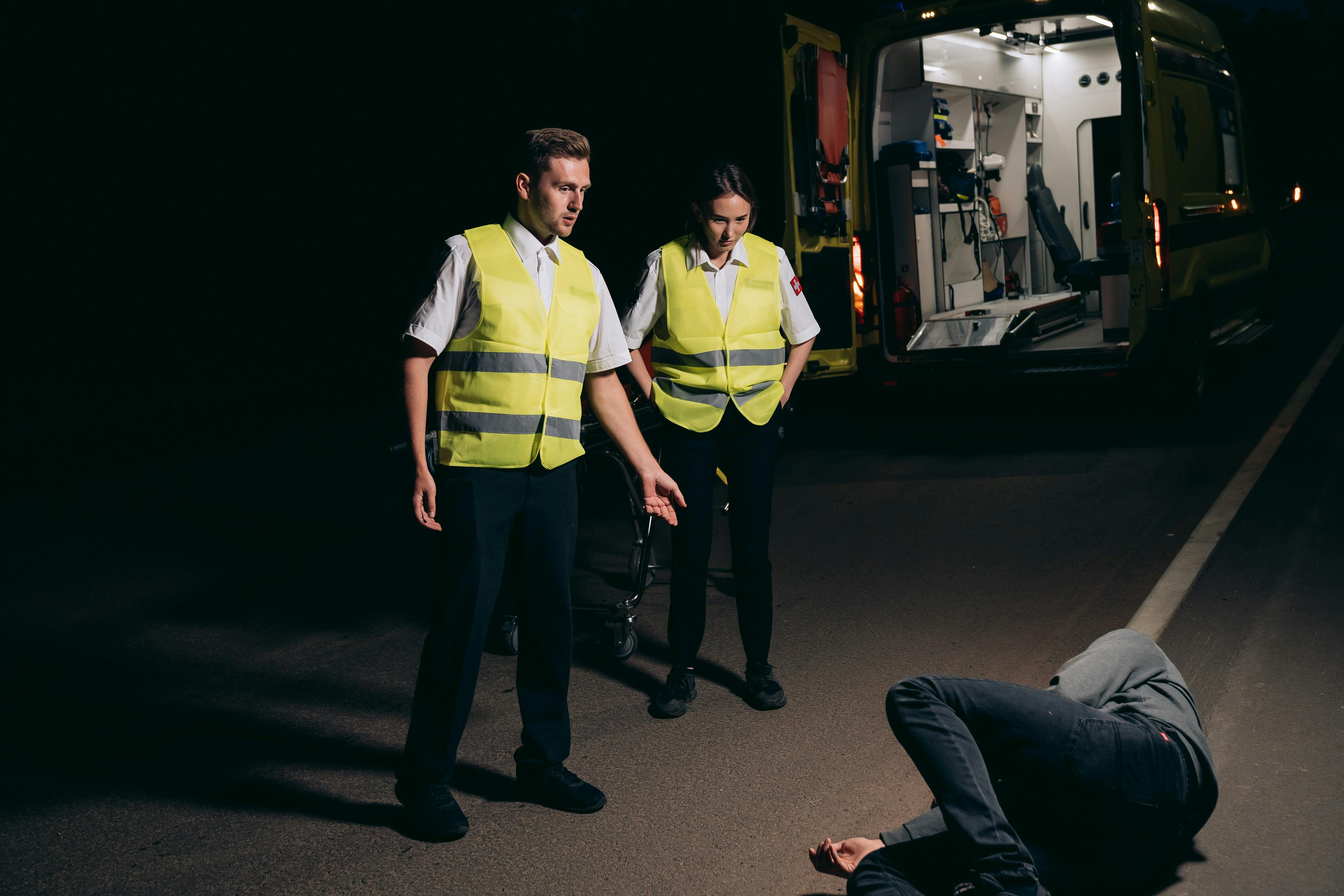St Pete Car Accident Guide: Prevention, Response & Recovery
Car accidents are a harsh reality on modern roads, and in St. Pete, they’re more common than most drivers would expect. With traffic congestion, tourist inflow, and fast-paced urban living, knowing what to do before, during, and after a car accident in St. Petersburg is essential. In this comprehensive guide, you’ll learn about the fundamentals of traffic safety, legal steps, prevention methods, and advanced strategies to protect yourself and others on the road.

Understanding the Fundamentals
Before diving into how to respond to a car crash, it’s important to understand what causes them and how they impact the St. Pete community. A “St Pete car accident” typically involves anything from a minor fender-bender to a multi-vehicle pile-up on busy roads like I-275 or 34th Street. Understanding the nature of these incidents sets the foundation for prevention and response.
Knowing the fundamentals helps drivers stay vigilant. Like learning the rules of a game, understanding accident causality gives you an edge on the road. From speeding to distracted driving, every bad habit can increase accident risk significantly.
1.1 Common Causes of Accidents
Most St Pete car accidents are caused by preventable behavior. According to the Florida Department of Highway Safety, distracted driving contributes to more than 56% of local collisions. Speeding and impaired driving come next in line.
Examples include texting at a stoplight or speeding to beat the yellow light. Many underestimate the consequences, but just two seconds of distraction can change a life forever.
1.2 Legal and Financial Impact
Being involved in a car accident doesn’t just end at the scene—it triggers a cascade of legal and financial responsibilities. Victims may face medical bills, loss of income, and ongoing rehab. Drivers found liable might see a spike in their insurance premiums or even face lawsuits.
Understanding liability laws in Florida is crucial. Unlike some states, Florida operates under a “no-fault” system, meaning each driver’s insurance pays for their own damages—up to a limit. This makes having solid coverage in St. Pete all the more essential.
Practical Implementation Guide
Now that the core issues are clear, how can you actually stay safer or respond effectively to a car accident in St. Pete? The following section outlines actionable steps and tools to manage the entire process—before and after a crash occurs.

2.1 Actionable Steps
- Prepare Beforehand: Ensure you have proper auto insurance, a dash cam, and an emergency kit with medical supplies and contact numbers.
- After the Accident: Prioritize safety—move to a secure area, check for injuries, and call 911. Document the scene with photos and videos.
- Report and Follow Up: File a report with law enforcement and notify your insurance provider immediately. Consult a legal expert if necessary.
2.2 Overcoming Challenges
Dealing with a car crash in St. Pete isn’t always straightforward. Common issues include:
- Delays in insurance claims processing
- Uncooperative drivers or lack of witness testimony
- Hidden vehicle damage discovered weeks later
To tackle these, maintain clear records, follow up persistently, and seek professional advice early. Experts recommend keeping a dedicated folder for all accident-related documentation.
Advanced Applications
Once the basics are covered, drivers in St. Pete can consider more advanced tools and practices to further reduce accident risks and enhance response efficiency. This section explores next-level strategies for safer driving and post-accident management.

3.1 Smart Driving Technology
Modern vehicles now come equipped with collision avoidance systems, lane assist, and real-time telematics. A recent study by the IIHS found that these technologies reduce rear-end collisions by up to 40%—a significant figure for St. Pete’s urban traffic.
Dash cams and vehicle sensors help in both preventing accidents and establishing fault when they occur. Many local insurance providers offer discounts for cars with such systems.
3.2 Data Integration with Mobile Apps
Apps like DriveSafe or OnMyWay integrate with your smartphone to monitor driving habits and offer real-time tips. When paired with in-vehicle diagnostics, they provide a 360-degree view of your driving safety.
Compatibility is growing across platforms, making it easier than ever for St. Pete drivers to stay ahead with connected vehicle ecosystems.
Future Outlook
As technology continues to advance, St. Pete is preparing for autonomous driving zones and AI-driven traffic management systems. Expect smart intersections, vehicle-to-vehicle communication, and more stringent driving laws.
Drivers should stay educated, update their driving knowledge yearly, and consider enrolling in advanced safety courses. Adapting early could prevent future accidents and improve driving confidence.
Conclusion
To recap, a “St Pete car accident” isn’t just an isolated event—it’s a complex issue involving safety, legal, financial, and technological dimensions. The three key takeaways are: stay proactive with safety measures, know how to react immediately, and embrace emerging technologies.
If you’ve been involved in a car crash or want to be better prepared, start with checking your insurance coverage and building an emergency toolkit. Prevention is always cheaper than recovery. Don’t wait until it’s too late—equip yourself today.
Frequently Asked Questions
- Q: What should I do first after a car accident in St. Pete? Move to safety, call 911, document the scene, and exchange information with all parties involved.
- Q: How do I start handling the situation? Contact your insurance provider and report the accident. A legal consultation can clarify next steps.
- Q: How long does the process take? Claims may take 2–8 weeks depending on injury severity and documentation completeness.
- Q: Will my rates go up after a crash? Possibly. Factors include fault determination, claim amount, and policy type.
- Q: How does this compare to accidents outside Florida? Florida’s no-fault system means your own insurance pays first—this differs from fault-based states.
- Q: Is it hard to deal with insurance companies? It can be. Keep records, follow up often, and seek help from an experienced accident lawyer in St. Pete.
- Q: What if I’m a tourist or snowbird? Your out-of-state insurance likely covers you, but check your policy for Florida-specific exclusions or limits.
